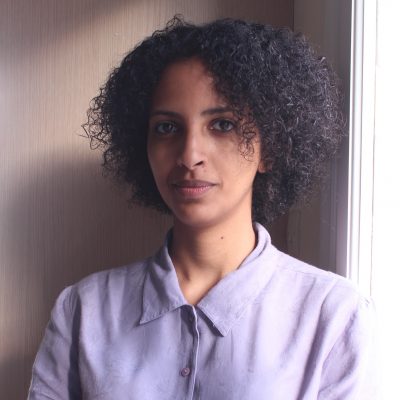Article
The goal of the project is to map both tangible and elusive examples of the current violence and struggles happening on the Polish-Belarusian border through the analysis of practices and objects producing and produced by the border landscape. The second objective is to document memory while reminding the audience, educators, researchers, and activists, about the ongoing humanitarian crisis, which has been erased from the view in the mainstream narrative.
Border Space uses the method of counter-mapping to mark the instances of violence and struggle in an attempt to make the invisible visible and to recognize the claim of people on the move to existence and decision-making.
Project Overview
Collected data through observations at the Polish-Belarusian border during research and documentation walks and humanitarian interventions are complemented by literature reviews on different border spaces.
The results of the project are an online map, accompanied by workshop guidelines. Revealing the traces of violence may not be associated with social recognition, but rather with control, so the map presented online will not be an accurate representation – to ensure that this project doesn’t undermine strategies of resistance or reveal data that could endanger anyone’s safety. The map is presented in the form of a drawing on a distorted scale, accompanied by the analysis of the collected data.
Project Implementation
In March 2025, Inga presented a map showing the space of the Polish-Belarusian border. Drawing on the methodology of counter-mapping, it does not depict the exact locations, although it includes key elements of the geography of the borderland. Every point on the map tells a story about the realities on the border – politics of control, militarization, violence of uniform services and solidarity with people on the move.
“The map collects reflections from activists’ experiences and the results of documentation and research conducted on the border since the beginning of the humanitarian crisis,” Inga shared.
The tool can be used for independent exploration or as a starting point for conversation in classes or workshops.
Updated March 2025




